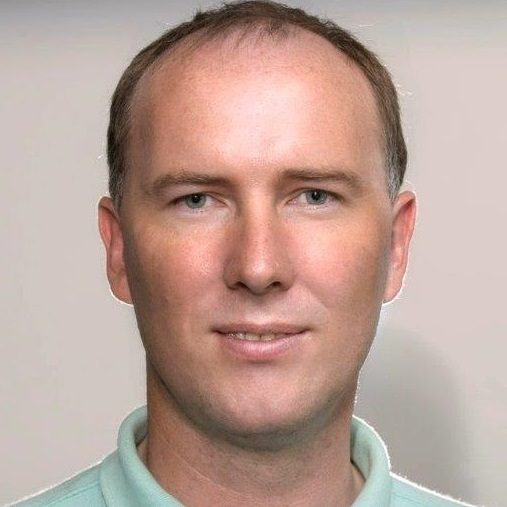Multi-frequency clutter-rejection algorithms for acoustic radars
BibTeX
This work investigates the removal of rain clutter from multi-frequency acoustic sounding. A computer program was written to simulate the backscattering from turbulence and rain from multi-frequency acoustic sounding. The strength of backscattering from turbulence has been shown to have a λ^(-1/3) wavelength dependence while that from rain a λ^(-4) dependence. Based on this differential wavelength dependence, an algorithm was developed to fit the turbulence and rain components of simulated backscattered signal.
A multi-frequency sodar was developed to trial the algorithm. Since the algorithm relies on the differential backscattering strength on frequency, it was essential that all factors that might cause the sodar’s gain to vary with frequency be allowed for. Measurements were made of the characteristics of the speakers, which were used in the sodar. The variation of gain with frequency and angle was obtained for the individual speakers and the speakers in an array. The sodar’s variation of gain with angle was also studied. A transmit and receive gain calibration for the sodar was obtained for a range of frequencies from 2 to 11 kHz . This was included into the simulation and fitting algorithm. The optimal transmit frequencies were then obtained. A GUI program was written to run the sodar and a transmit/receive switch was designed and made. The sodar was tested in clear air and rain conditions and requirements for a pre-amplifier and bandpass filters established. A circuit board was designed and built containing a preamplifier and a wide bandwidth bandpass filter. Field tests were carried in clear air and in rain conditions and noise analysis carried out. Recommendation for further development and field testing are discussed.

